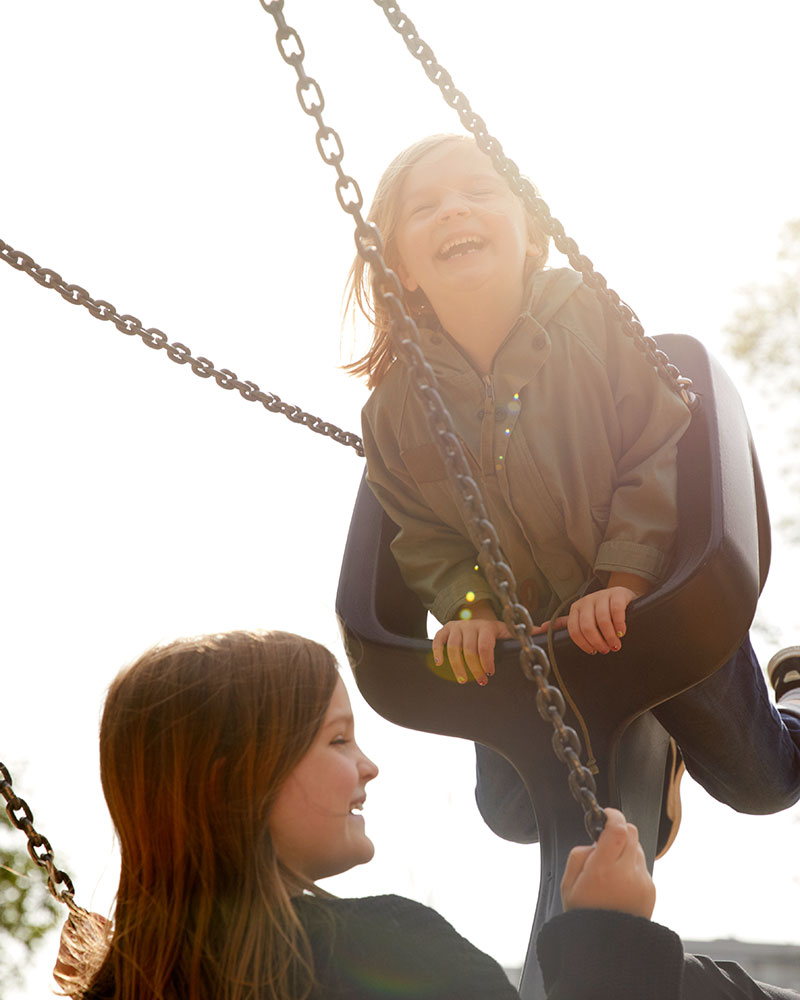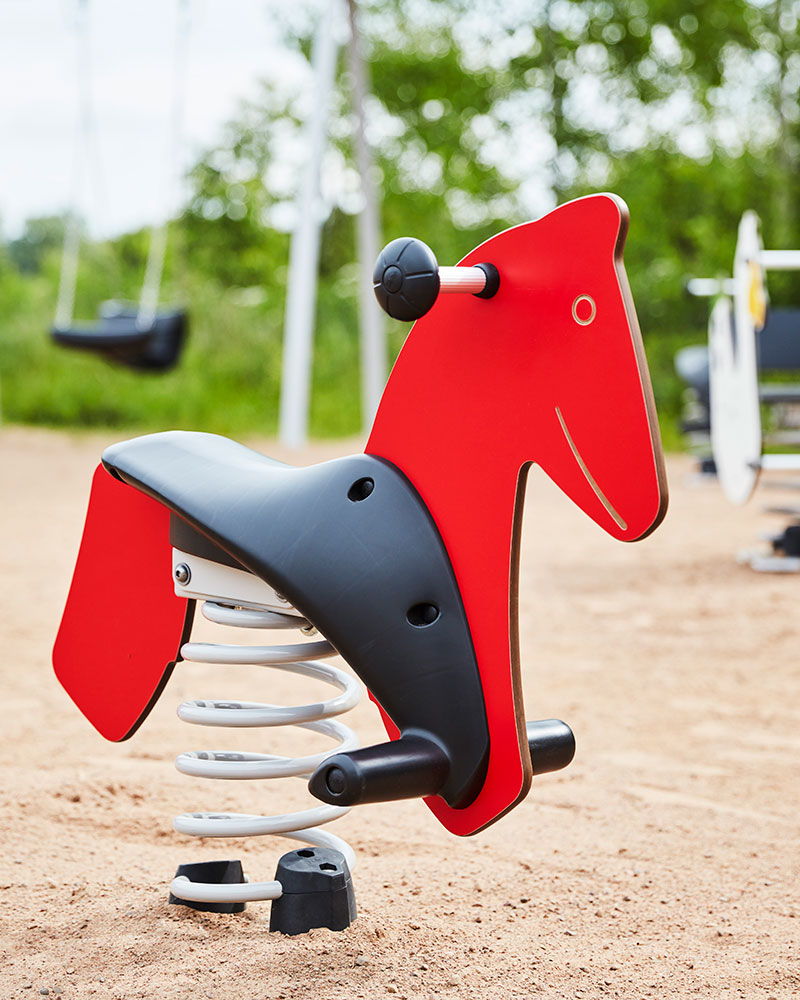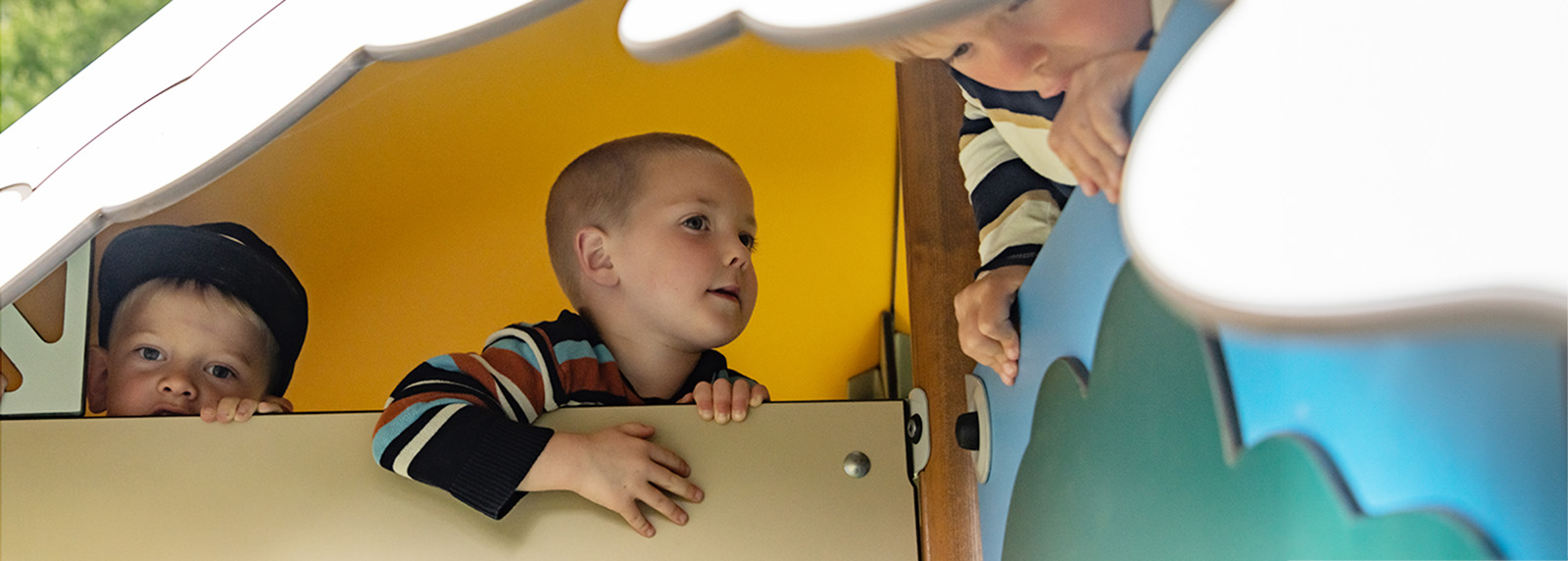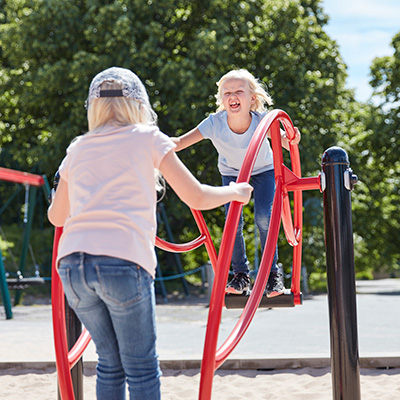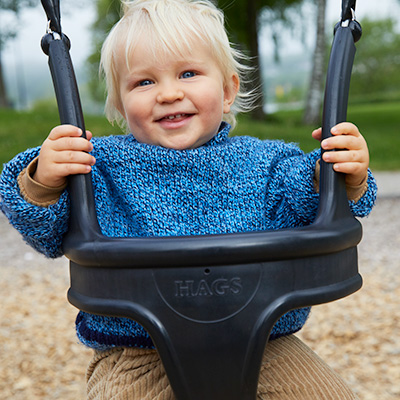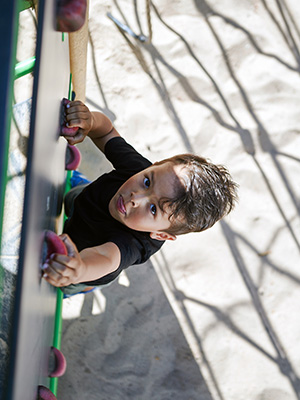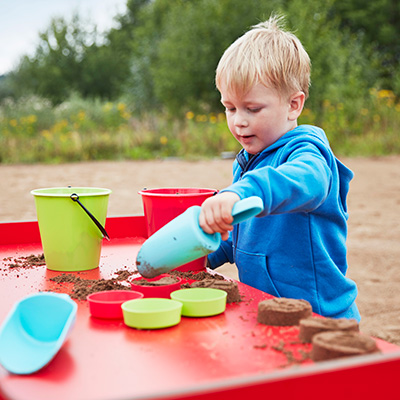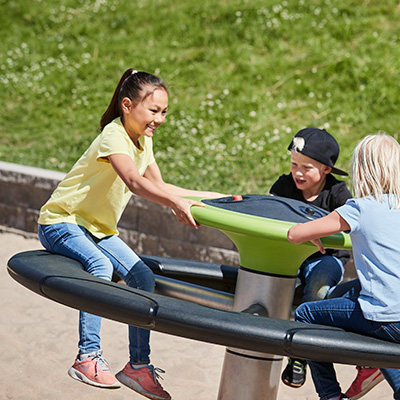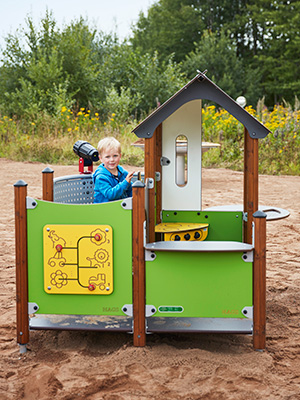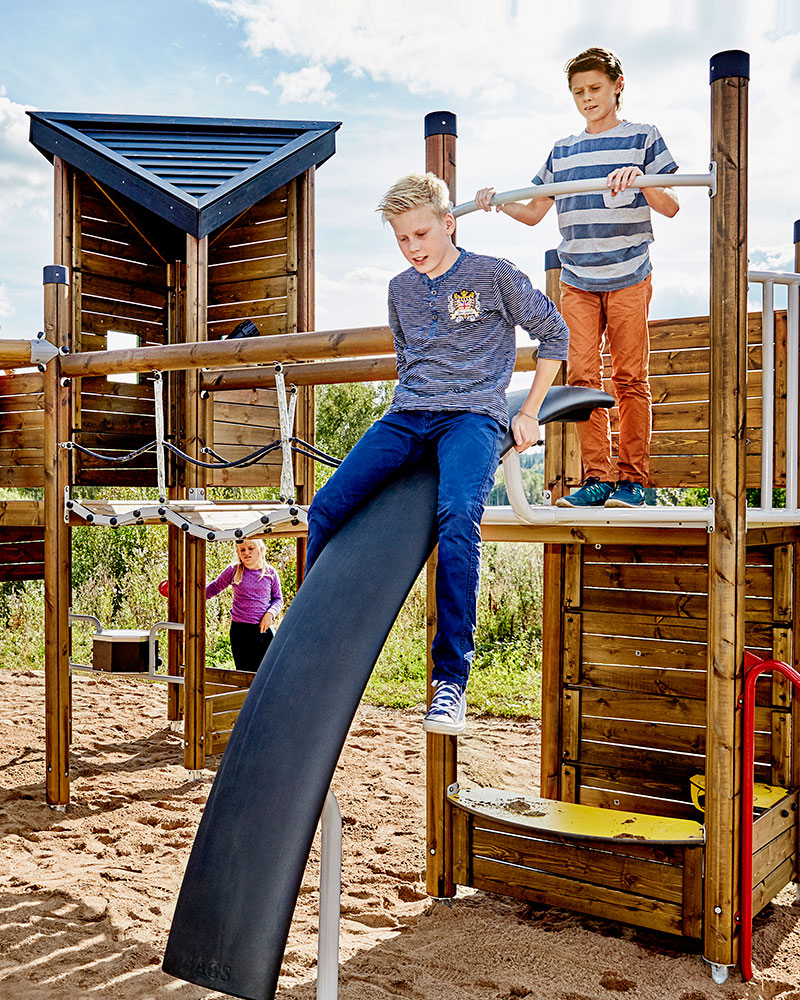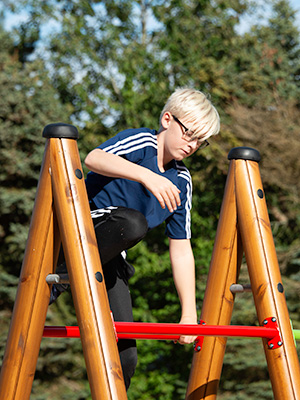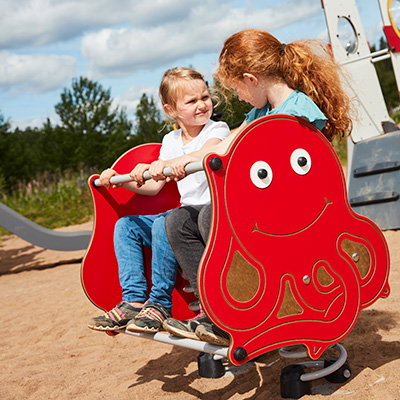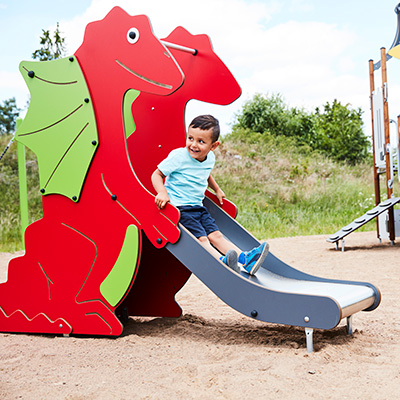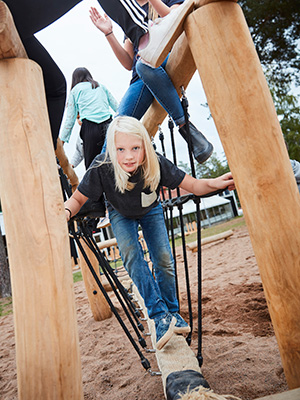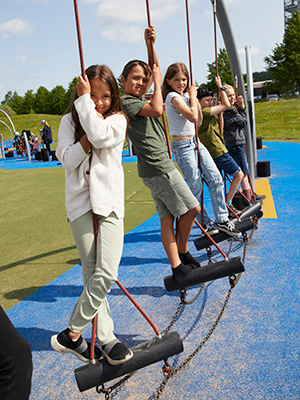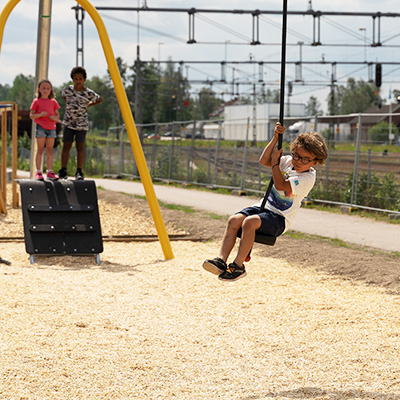Guide to choosing a playground swing
Swings have long been a beloved fixture in public playgrounds, recognized and cherished by all. The motion of swinging brings joy to both children and parents, promoting laughter and bonding, which are beneficial for physical and mental health.
Experts agree on the positive impact swings have on children's development, enhancing body awareness and fostering a sense of happiness and belonging. Despite their simplicity, swings must meet high standards of play value and safety requirements.
In this guide we will cover five things to consider when choosing a playground swing.
1. Choosing the right sized playground swing
When selecting a swing, consider the free fall height and the falling space area, listed as "space required" on our product pages. The free fall height is the usual point from which a user might fall, while the falling space area is the safety zone around the equipment that must remain clear. These dimensions determine the total space needed and the surfacing required, affecting installation costs.
For example, a higher fall height necessitates thicker surfacing to absorb impacts. Additionally, a larger swing frame requires a bigger safety area to prevent collisions with other equipment.
Swing sizes examples
2. Choosing the right Swing Seat
Select the swing seat based on the age group and number of users. For very young children or those with low core stability, seats with extra back support ensure safety. Basket swings are ideal for older children seeking social interaction, as they can accommodate multiple users and offer a cost effective option. Additionally, basket swings allow children of different abilities to play together, providing a comfortable ride for children with disabilities alongside their able bodied friends or carers.
Swing Seat selection
3. Selecting swing materials
The choice of material is crucial, depending on the desired aesthetic and maintenance needs. Timber swings blend harmoniously into rural settings, favored by architects and green space officers aiming for a natural feel. For modern, bold designs that complement urban architecture, steel swings are ideal. Steel is also easier to maintain and more durable against vandalism, making it well suited for challenging urban areas.
Swings by material
4. Consider safety features
Some of our swings feature 'anti-wrap' bearings on the cross beam to prevent the swing seats and chains becoming wrapped around themselves, making the swings unusable. The Stratus designs include an extra chain to provide additional support.
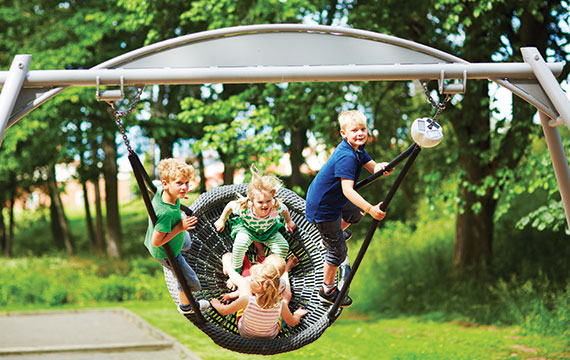
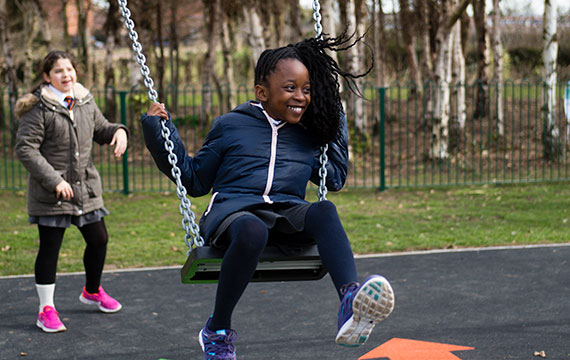
5. Choosing a location for your swing
When installing a swing, follow general safety guidelines. Position the frame at a safe distance from other play units, paths, and gates to minimize collision risks. Ensure no landscape elements, such as shrubs, trees, or boulders, are nearby, as these can pose hazards if children fall from the swing or run around it carelessly.














